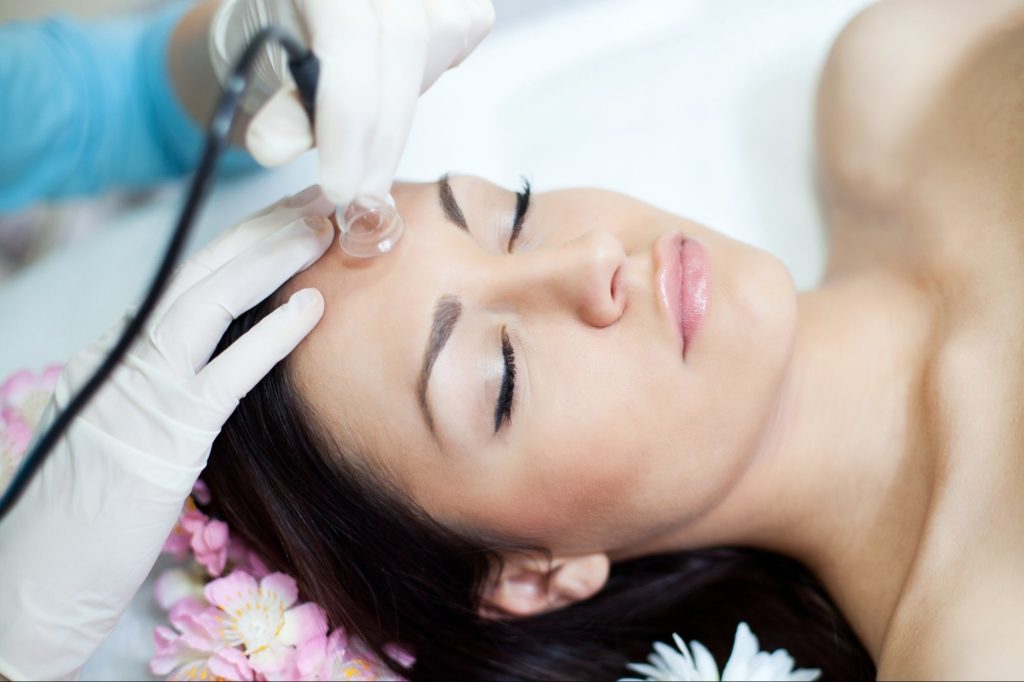Estée Lauder chairman Leonard Lauder called it the “lipstick effect” — the growth in demand for small luxuries during times of economic uncertainty. The assumption behind this phenomenon is that when people are under more stress, beauty and self-care rituals offer a form of psychological comfort.
McKinsey even reported a surge in demand for skincare and wellness products during the pandemic. So, with fears of an economic downturn never far from the surface, might the same apply to the more affordable alternatives to surgical procedures like tummy tucks?
One of the most recognizable dermatology brands in the U.S., LaserAway, has now expanded to over 120 locations and reports the industry has been growing at over 20% annually in America. CEO Scott Heckmann says that LaserAway experienced “strong years” in 2008 and 2020 despite the recessions. He put it down, in part, to patients moving away from higher-cost providers like plastic surgeons and dermatologists.
As CMO of Vagaro, a software provider to the wellness industry, I have witnessed it myself: So many people are abandoning surgical procedures for non-invasive methods such as body contouring that advancements in beauty technology are now allowing. They are simply more accessible and less overwhelming. I want to dive deeper into LaserAway’s growth as a barometer of the industry because it has drawn out three lessons that can help other beauty brands recession-proof themselves in an unpredictable economic climate.
Related: 7 Strategies to Recession Proof Your Business in 2024 and Beyond
1. A changing market is a good market
When customers trust a clinic’s practitioners with something as sensitive as their bodies and faces, being very transparent about what’s involved in a procedure is critical to credibility. LaserAway’s social media features videos with real people, real nurses, actual treatments and basic plotlines — at their heart, these procedures are about helping people find their self-confidence.
Providing people with a realistic picture of likely outcomes also ensures they are more likely to end up satisfied with the treatment. Internal data from our marketplace shows increasing demand for these non-invasive aesthetic treatments. Over the last five years, we have seen an average annual growth of new medspa businesses on our platform of 24%.
Technology has been a key factor. While cosmetic surgeons have a very limited audience at a high price point, medspa clinics offer myriad services that open the door to a large market — including an increasing number of men. In fact, skincare makes up 45.6% of the global men’s grooming market (worth $85.2 billion in 2023) as old masculine stereotypes give way to self-care among younger generations.
Related: 5 Recession-Proof Businesses to Start in a Turbulent Economy
2. Diversification builds resilience
In many industries, brands must be niche with their products or services. But medspa chains like LaserAway, Sculpt MD and Sono Bello can on-sell a range of services while still maintaining expertise in each area. That diversification is really important because it drives repeat customers and more revenue. When people get body contouring once, they are likely to come back. It’s the same with Botox.
On our platform, we’ve found that medspa businesses offer an average of 47 services. Having a balance of higher and lower-value offerings like this is a great strategy to maintain steady income through economic fluctuations as people regard treatments as an ongoing investment in their well-being.
Technology with embedded payments is also a key feature in helping people afford all types of treatments. A lot of consumers are choosing non-invasive procedures because they get the same results as surgery but don’t have to deal with the long recovery time.
However, the pay-later option can make these treatments financially viable. Getting people through the door, however, does not require the hard sell because consumers are savvier than ever about what they want and expect.
3. The power of referrals
All beauty businesses need to be aware that the traditional sales model has evolved after first engaging customers through their different digital and marketing channels. The pandemic was the big impetus for digital influence, but people now want to be impacted through the use of real-life case studies instead of feeling like they are being “sold to.” Hence, the role of influencers.
We can now assume that once people have sought out a product or service online and done their own research, they are already warm. For me, it is only once I have satisfied myself that a company has authority and integrity that I am ready to talk to a salesperson. The demand for more authenticity only reinforces the idea that the biggest point of sale in the beauty and wellness space should be referrals.
It will be interesting to watch companies shift to this new expectation of how consumers want to be influenced through sales. This is especially the case since they are already doing so much right, such as their onboarding process that leads patients to choose their treatment, their body target areas, number of treatments already received, and their age. This kind of data can inform the appropriate regime and be leveraged to anticipate consumer trends and continue to build credibility.
Related: How Small Businesses Can Survive and Thrive in a Recession
Read the full article here









